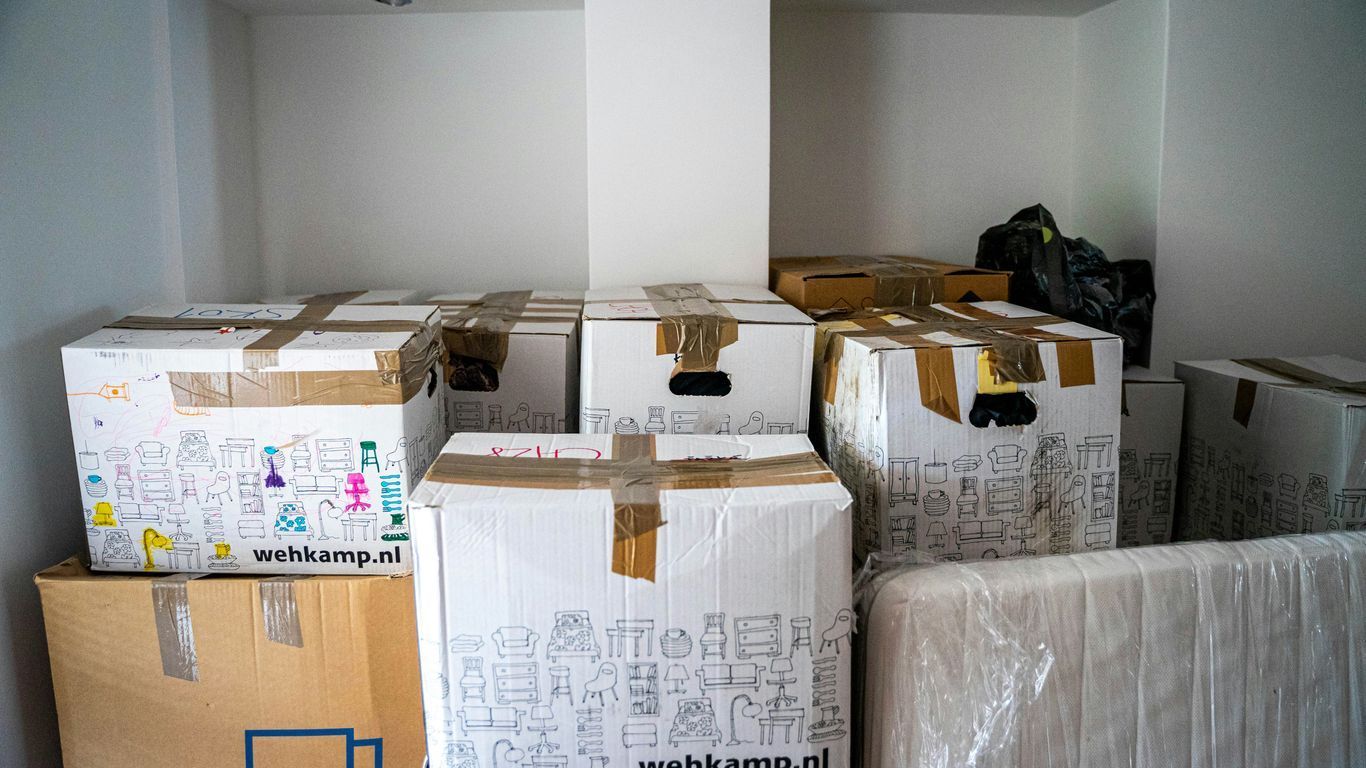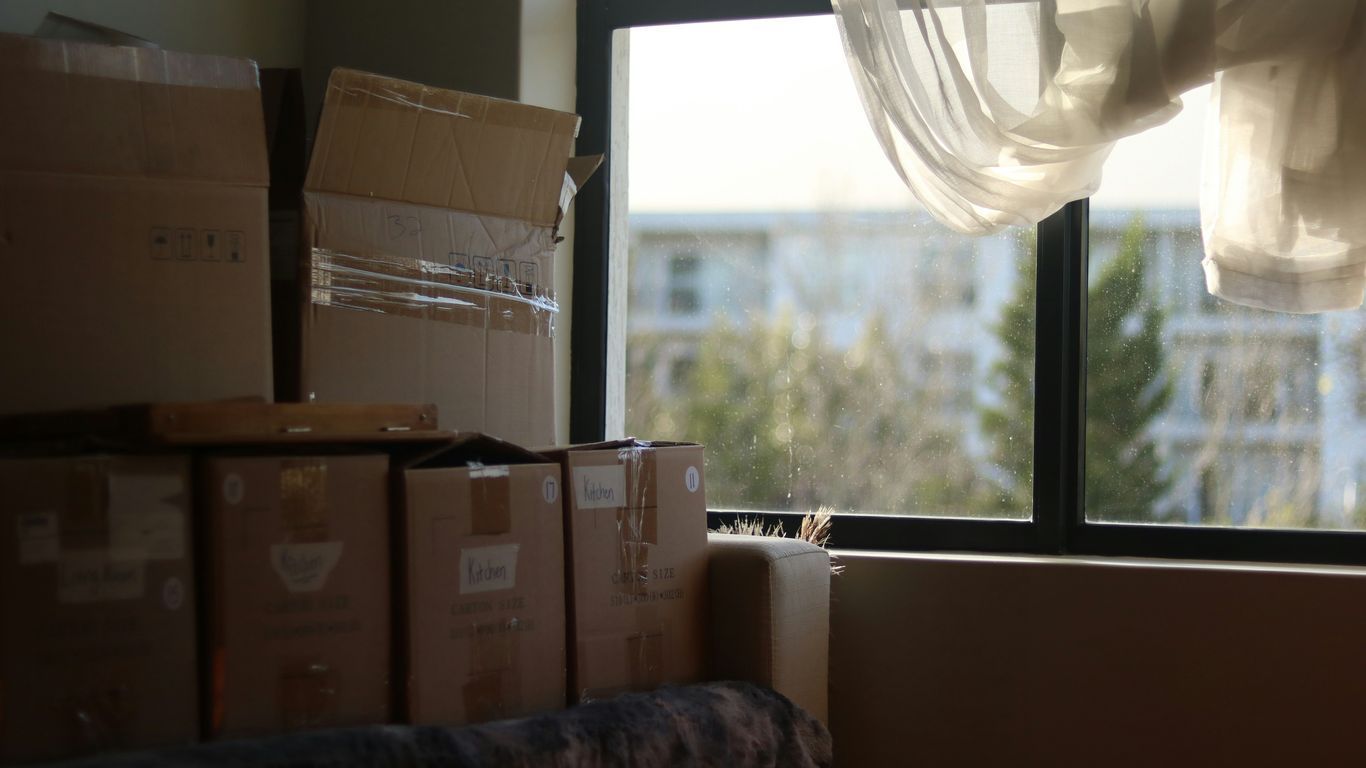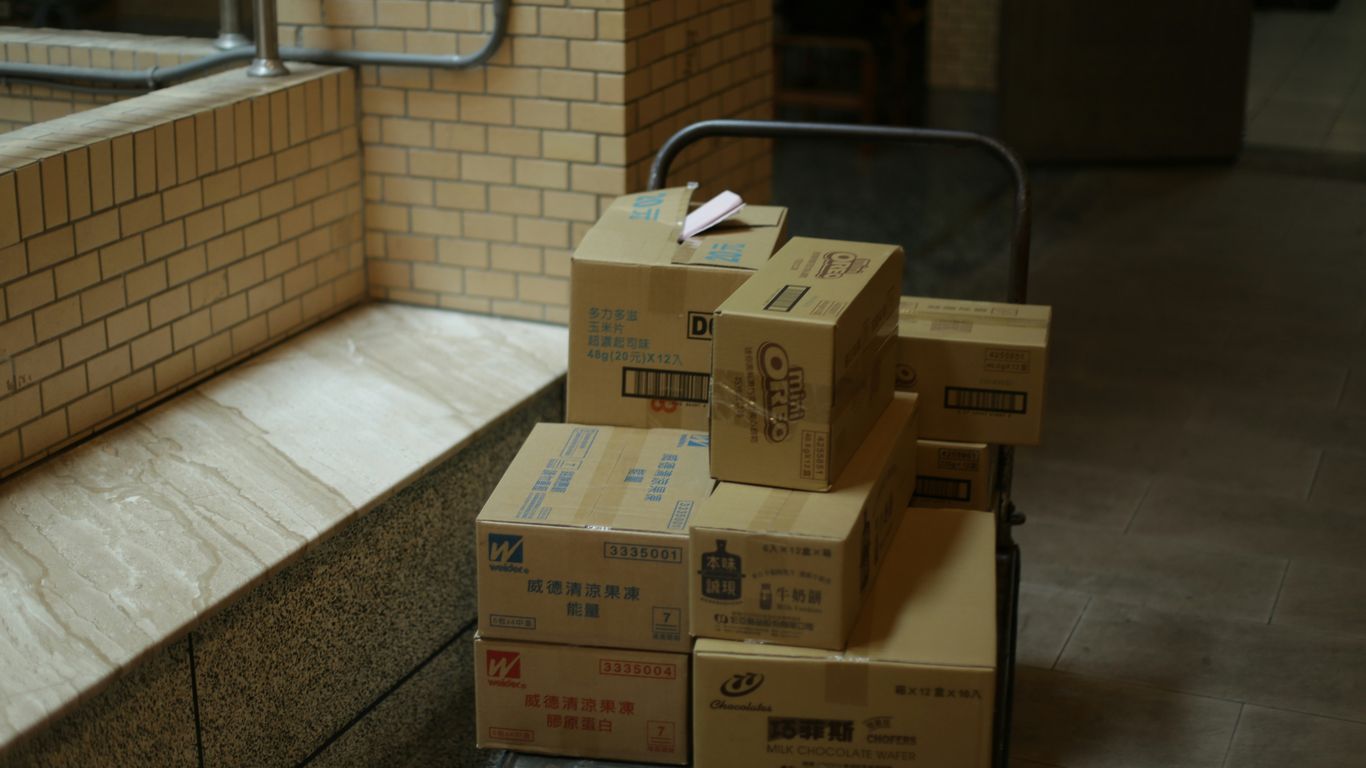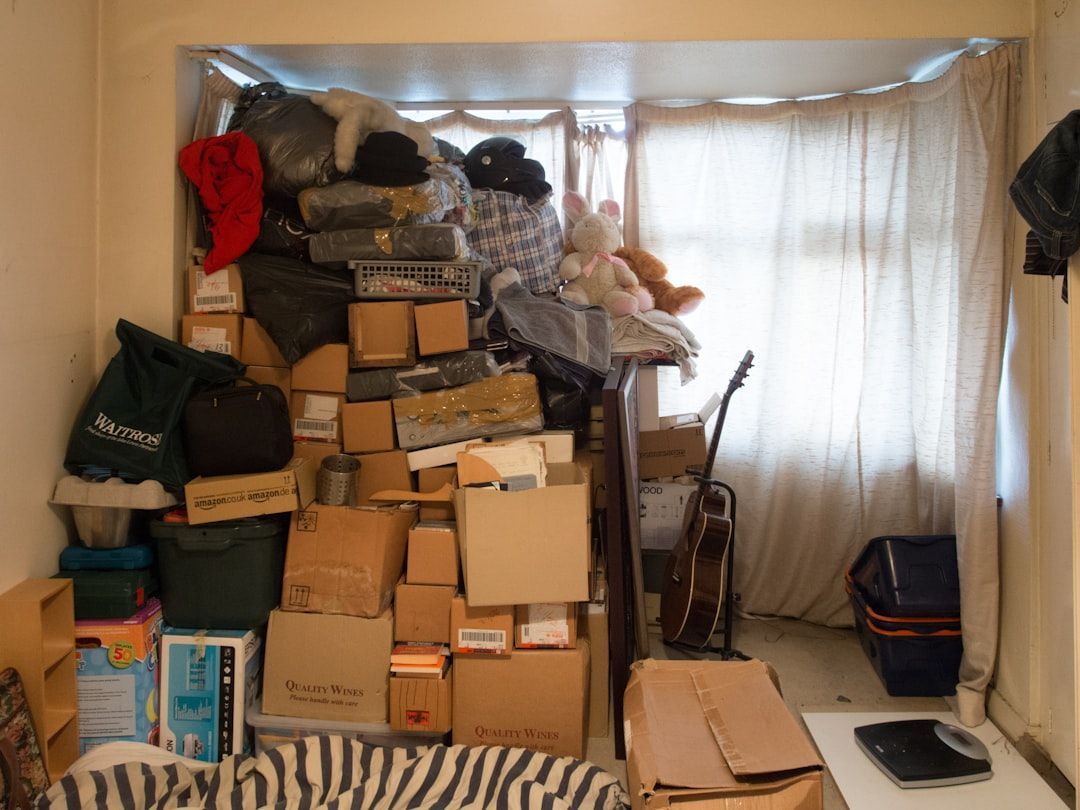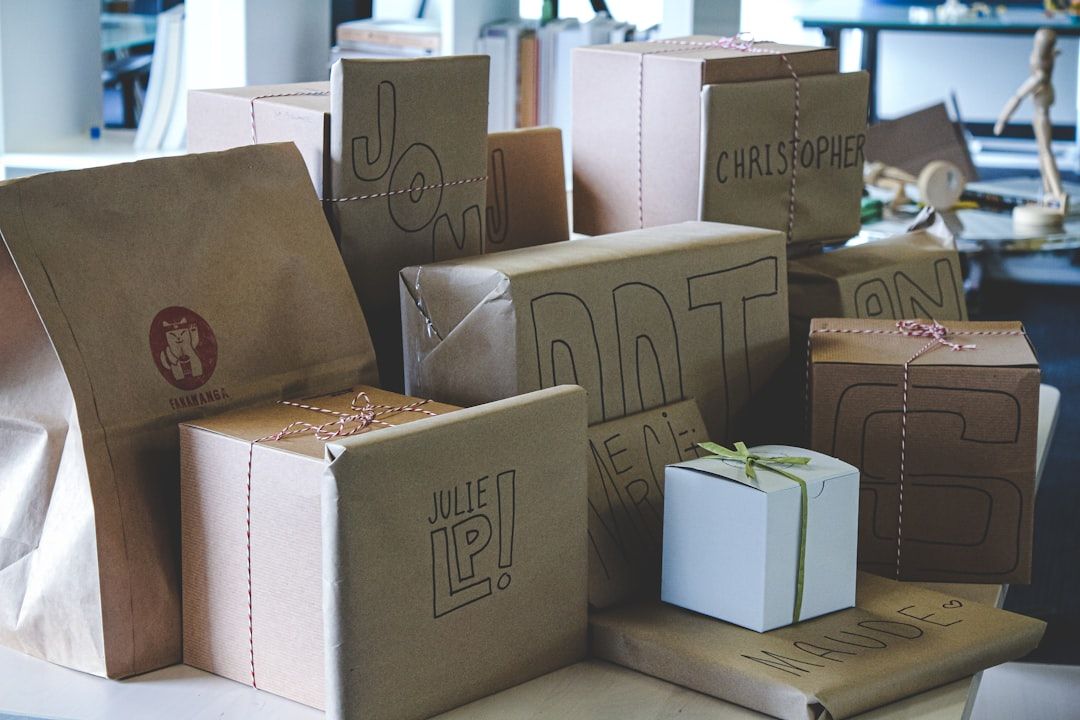Inventory Overload? Store Seasonal Items Safely and Easily
Is your home feeling a bit swamped with stuff? As seasons change, so do our belongings. Winter coats, holiday decorations, summer sports gear – it all needs a place. Without a good plan for seasonal storage solutions, your house can quickly become a mess. This article will help you figure out how to use overhead storage to keep things tidy, making sure everything is easy to find when you need it.
Key Takeaways
- Getting organized by season helps keep your home from feeling cluttered.
- Overhead storage is a smart way to store things you don't use all the time.
- Always clean and prepare items before putting them away for the season.
- Safety is really important when you're using overhead storage systems.
- Keeping a simple inventory helps you know what you have and where it is.
Why Seasonal Organization Matters
Seasonal organization? It's not just about tidiness; it's about making your life easier. Think about it: how many times have you dug through boxes of winter clothes in July, searching for a summer dress? It's a waste of time and energy. Let's get into why this matters.
Understanding Overhead Storage Benefits
Overhead storage is a game-changer. It's like finding hidden treasure in your own home. Think of all that unused space above your garage or in your attic. Utilizing this space keeps seasonal items out of sight, freeing up valuable closet and floor space. Plus, it helps maintain a cleaner, less cluttered living environment. It's about maximizing what you already have.
Decluttering Winter Items Effectively
Before you even think about storing anything, declutter! Be honest with yourself: did you actually wear that sweater last winter? If not, donate it. The less you store, the easier it is to organize. Here's a quick checklist:
- Sort through all winter clothing.
- Identify items you didn't use.
- Donate or sell unwanted items.
Efficiently Organizing for Spring
Spring cleaning isn't just about dusting; it's about preparing for the season ahead. This means swapping out winter gear for spring essentials. Think about what you'll need in the coming months and make it easily accessible. This might include:
- Light jackets and rain gear.
- Gardening tools and supplies.
- Outdoor furniture covers.
Seasonal organization is about more than just tidiness; it's about creating a functional and stress-free living space. By taking the time to organize your seasonal items, you're investing in a more efficient and enjoyable home life. Plus, you'll always know where to find your favorite seasonal clothes organization when you need them.
Decluttering Winter Items: What to Keep and Store
It's time to face the music: winter is over (at least for now!). Before you just shove everything into storage, take a little time to sort through your winter gear. Not everything deserves a spot in your precious storage space. Let's be real, some of it is probably ready for the donation bin or even the trash.
Cleaning and Preparing Items for Storage
Before anything goes into a bin, make sure it's clean! This is super important to prevent damage and funky smells while things are stored away. Wash or dry-clean your coats, wipe down those snowy boots, and carefully pack away decorations. A little effort now will save you a headache later. Nobody wants to pull out a moldy sweater next winter.
Choosing the Right Storage Bins
Storage bins are not all created equal. You've got options! Clear bins are great because you can easily see what's inside. Opaque bins, on the other hand, offer better protection from light and dust, which is ideal for clothing and fabrics. Consider these points when choosing:
- Size: Get bins that fit your storage space and the items you're storing.
- Durability: Choose sturdy bins that can withstand being moved around.
- Lids: Make sure the lids fit securely to keep out pests and moisture.
Labeling for Easy Retrieval
Don't skip this step! Trust me, future you will thank you. Clearly label each bin with the season and contents. A simple label maker can be a lifesaver. Consider a color-coded system too. For example:
- Blue for winter
- Green for spring
- Red for holiday decorations
It's a good idea to keep an inventory list of what you've stored. You can use a notebook or a digital document. This way, you'll always know what's up there without having to rummage through every bin.
Swapping Winter for Spring: What to Bring Down
With the winter gear safely tucked away, it's time to think about what spring items need to come back into rotation. This is more than just grabbing a box; it's about preparing for the season ahead. Let's get those spring essentials ready!
Inspecting Seasonal Items for Damage
Before you even think about bringing anything inside, give everything a good once-over. Check for any signs of damage that might have occurred during storage. Are there cracks in your gardening tools? Did any critters get to your patio furniture cushions? Catching these issues early can save you a lot of hassle later on. It's better to repair or replace items now than to discover a problem when you're ready to use them. This is also a good time to check if anything needs batteries or other maintenance before you need it.
Cleaning and Airing Out Outdoor Gear
Outdoor gear can get pretty musty after months in storage. Before you start using it, take the time to clean and air it out. This is especially important for items like patio furniture cushions and camping equipment. A quick wash with soap and water can do wonders for removing dust and odors. Let everything dry completely in the sun to prevent mold and mildew. This simple step will make your outdoor spaces much more inviting.
Maintaining Sports Equipment
Spring often means getting back into outdoor sports. Before you hit the field or trail, make sure your equipment is in good working order. Check your bike tires for proper inflation, sharpen your gardening tools, and inspect your baseball gloves for wear and tear. A little maintenance now can prevent injuries and extend the life of your gear. Plus, it's always better to start the season with equipment that's ready to go.
Think of this as a pre-season check-up for all your spring and summer stuff. It's a chance to make sure everything is ready for action and to address any issues before they become bigger problems. Taking the time to do this now will save you time and frustration later on.
Safety Tips for Overhead Storage Use
Overhead storage is a fantastic way to maximize space, but it's essential to prioritize safety. A little caution goes a long way in preventing accidents and ensuring your storage system functions properly for years to come.
Following Manufacturer Weight Limits
Each overhead storage system is designed to hold a specific amount of weight. Exceeding this limit can lead to serious consequences, including damage to your ceiling or the storage unit itself. Always check the manufacturer's specifications and adhere to them strictly. It's better to underestimate than to overestimate the weight capacity.
Proper Installation Techniques
Proper installation is just as important as weight limits. If you're not comfortable with DIY projects, consider hiring a professional. Here are a few things to keep in mind:
- Ensure the mounting hardware is appropriate for your ceiling type.
- Double-check that all bolts and screws are securely tightened.
- If using a motorized system, follow the instructions carefully.
Ensuring Clearances and Lighting
Make sure there's enough clearance around your overhead storage to move items in and out safely. Adequate lighting is also crucial. Here's why:
- Poor lighting can lead to accidents when retrieving items.
- Clear pathways prevent tripping hazards.
- Consider installing motion-sensor lights for added convenience.
Always use a sturdy ladder with non-slip feet when accessing stored items. Having a second person present when handling heavy bins can also improve safety. Never let children play near or climb on the storage system.
Organizing Your Seasonal Items
Now that you've got some space cleared out, let's talk about actually organizing your seasonal stuff. It's not just about throwing things in bins; it's about making it easy to find what you need, when you need it. Trust me, future you will thank you for putting in the effort now.
Sorting by Season for Efficiency
The first step is to group items by when you actually use them. This might seem obvious, but it's easy to get lazy and just toss everything together. Think about it: winter coats with holiday decorations, summer sports gear with camping equipment. Keep similar items together. This way, when winter rolls around, you're not digging through beach towels to find your gloves. It's all about efficiency.
Utilizing Clear Storage Bins
Using clear bins is a game-changer. Seriously. It makes it so easy to see what's inside without having to pull everything down and rummage through it. I used to use opaque bins, and it was always a guessing game. Now, I can just glance up and know exactly where my Halloween decorations are. Plus, clear bins encourage you to keep things neat, because nobody wants to display a jumbled mess. If you are storing holiday decorations, clear bins are the way to go.
Implementing a Digital Inventory System
Okay, this might sound a little extra, but hear me out. A digital inventory system can be a lifesaver, especially if you have a lot of stuff. You can use a simple spreadsheet or even just a note on your phone. List what's in each bin, and maybe even take a picture. That way, you always know what's overhead without having to dig through everything. It's like having a map of your storage space.
I started using a simple spreadsheet to track my seasonal items, and it's made a huge difference. No more guessing games or wasted time searching for things. It takes a little time to set up, but it's worth it in the long run.
Here are some things to include in your inventory:
- Bin number or location
- List of contents
- Date stored
- Any relevant notes (e.g., "needs batteries")
Keeping Everything Easy to Reach
The whole point of seasonal storage is to keep things out of the way, but still easy to get when you need them. It can be super frustrating to dig through boxes, especially when you're looking for something specific. Here's how to make sure you can always find what you're looking for, without turning your storage area into a disaster zone.
Using Step Stools and Ladders Safely
If you don't have a fancy motorized system, a good old step stool or ladder is your best friend. But safety first! Make sure it's sturdy and on a level surface before you even think about climbing.
- Always have someone spot you, especially if you're carrying heavy items.
- Don't reach too far – move the ladder instead.
- Inspect the ladder for damage before each use.
Leveraging Remote Control Systems
Many lifts come with remotes, making it easy to lower items safely. This is a game-changer if you're storing heavy or bulky stuff. No more straining your back or risking a fall! Plus, it just feels cool to control your storage with a remote.
Maintaining Clear Access Paths
Nothing is worse than tripping over boxes just to get to your holiday decorations. Keep a clear path to your storage area at all times. This means no random piles of stuff blocking the way. Think of it like a fire lane – always accessible.
Here are some tips to keep your access paths clear:
- Regularly declutter the area around your storage.
- Make sure there's enough light so you can see where you're going.
- Consider using floor markings to define the access path.
Pro Tips for Maintaining an Organized Space Year-Round
Keeping your seasonal storage in order isn't a one-time thing; it's more like a marathon than a sprint. It takes a little effort all year long to keep things from getting out of hand. Here's how I try to keep my storage space from becoming a disaster zone:
Sticking to a Decluttering Schedule
Set aside time every few months to go through your stored items. I usually do it at the start of each season. It doesn't have to be a huge project, even 30 minutes can make a difference. This helps prevent clutter from building up and makes the whole process less overwhelming. I try to ask myself these questions:
- Do I still need this item?
- Is it in good condition?
- Have I used it in the last year?
If the answer to any of these is no, it's time to let it go. Remember to declutter first before storing anything.
Implementing an Inventory System
I know, it sounds intense, but it doesn't have to be complicated. A simple list on your phone or a spreadsheet can work wonders. Write down what's in each bin and where it's located. This way, you're not rummaging through everything to find that one specific item. Trust me, it saves a ton of time and frustration. I've found that a digital system works best for me, but a handwritten list is just as good.
Involving the Family in Organization
Get everyone on board! Assign tasks to different family members. Maybe one person is in charge of packing away winter clothes, while another handles the holiday decorations. When everyone pitches in, it becomes a shared responsibility, and things are more likely to stay organized. Plus, it teaches kids valuable skills about managing belongings and keeping a tidy home. It's a win-win!
Keeping your storage organized year-round is about building good habits and making it a part of your routine. It's not always easy, but the payoff is worth it. A clutter-free storage space means less stress and more time to enjoy the things that matter most.
Want to keep your home neat and tidy all year long? Our website has even more awesome ideas to help you out. Head over to our site today and discover all the cool tricks for a super organized space!
Conclusion
So, getting your seasonal stuff organized doesn't have to be a huge headache. By using overhead storage the right way, you can totally clear up your home. You'll be able to put away your seasonal items safely, get to them easily when you need them, and just enjoy a home that isn't full of clutter. It's really a good idea that saves you time, money, and a lot of frustration in the long run.
Frequently Asked Questions
How do I keep my winter clothing safe?
To keep your winter clothes safe, especially bulky items, use vacuum bags to save space and prevent moisture. Stuff boots with tissue paper or old newspapers to help them keep their shape. For delicate items like cashmere, use breathable garment bags to keep them safe and in good condition.
How do I keep track of where each item is stored?
The easiest way to keep track of your stored items is to create a digital list. This way, you can quickly find what you need with just a few clicks. Make sure to label your boxes clearly and use separate sections for different types of items. To prevent damage, add moisture absorbers or air fresheners inside. Avoid stacking heavy boxes on top of fragile ones, and never overfill a storage unit. If you cram things in, they might get damaged when you open it later.
What's the best way to prepare winter items for storage?
Before you store things, make sure everything is clean and completely dry. Wash or dry-clean coats, wipe down snow boots, and carefully pack away decorations to prevent any damage. Doing these steps helps keep your stored items in great shape and ready to use when winter comes back around.
Should I check seasonal items for damage before storing them?
Yes, it's a good idea to check your seasonal items for any damage before putting them away or bringing them out. This way, you can fix small problems before they get worse. For example, check patio furniture cushions for mold, and inspect sports gear for wear and tear. Cleaning and airing things out also helps keep them fresh.
What are the most important safety tips for overhead storage?
When using overhead storage, always follow the weight limits set by the company that made the storage system. Don't put too much weight on it, as this can be dangerous and cause the system to break. Also, make sure it's installed correctly and that there's enough space for your garage door to open and close without hitting anything. Good lighting in the area is also important for safety.
How can I keep my storage space organized all year long?
To keep your storage space neat all year, try to clean out and organize things every three months. Use a list, either on paper or on your computer, to remember what you've stored and where it is. Also, get everyone in your family to help with organizing; this makes it easier to keep things tidy.

